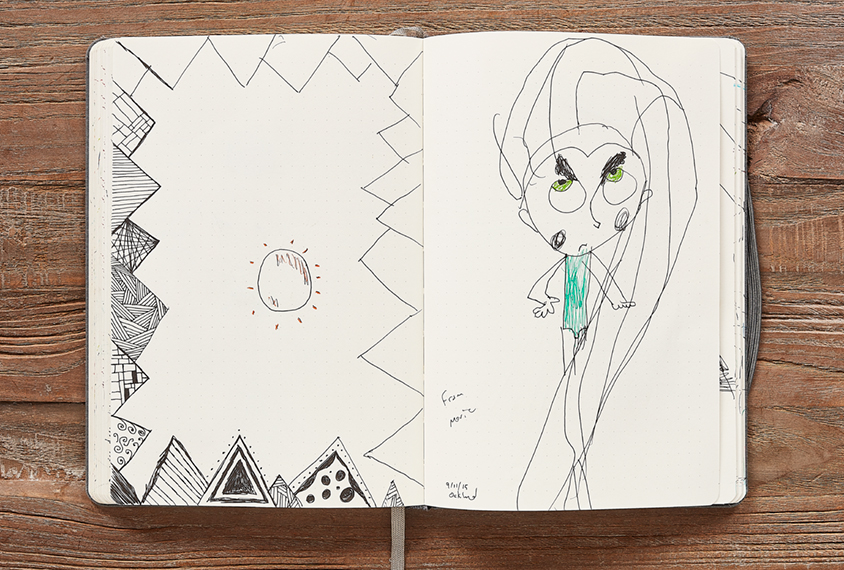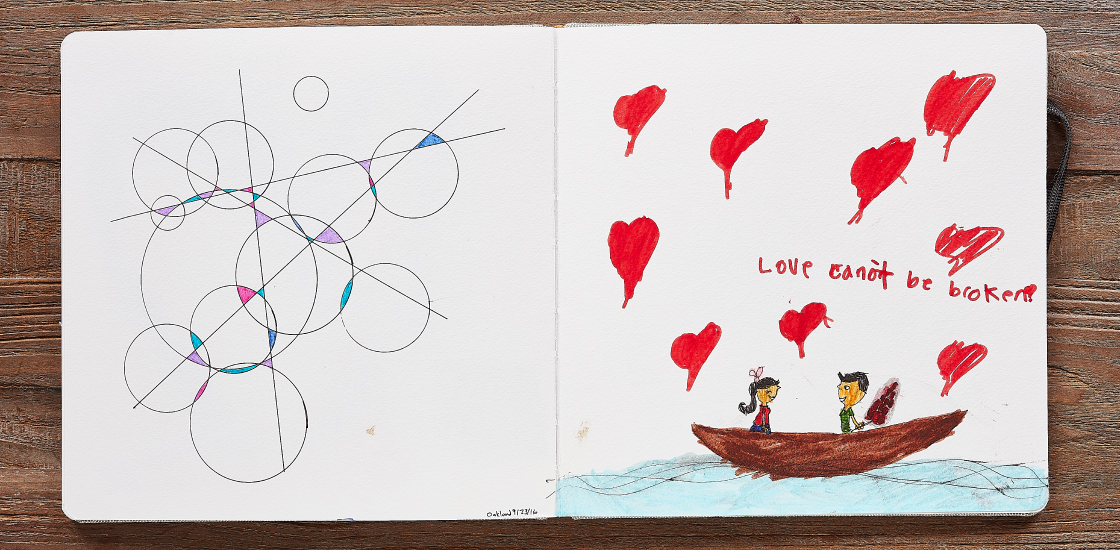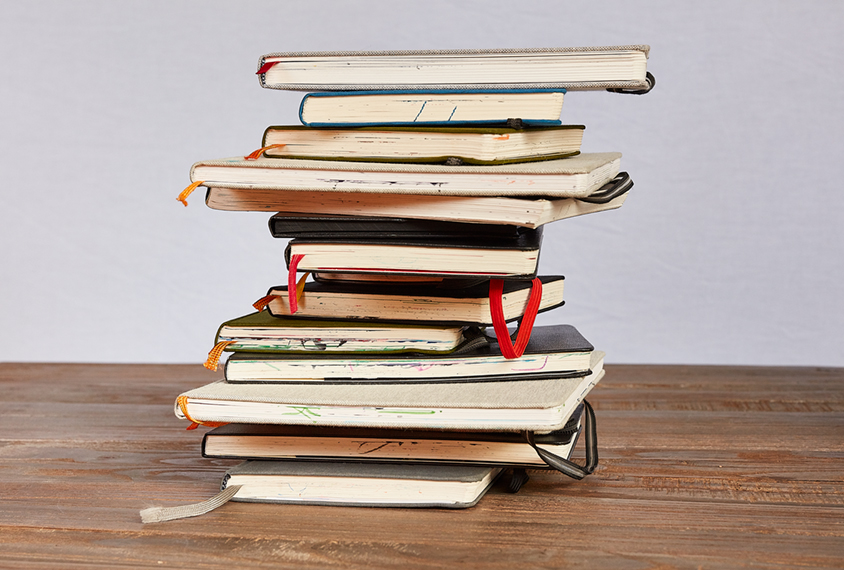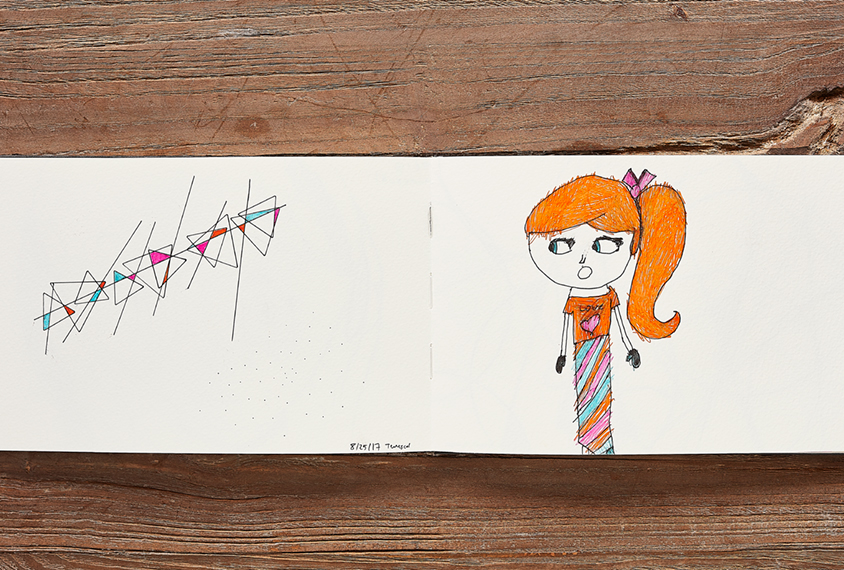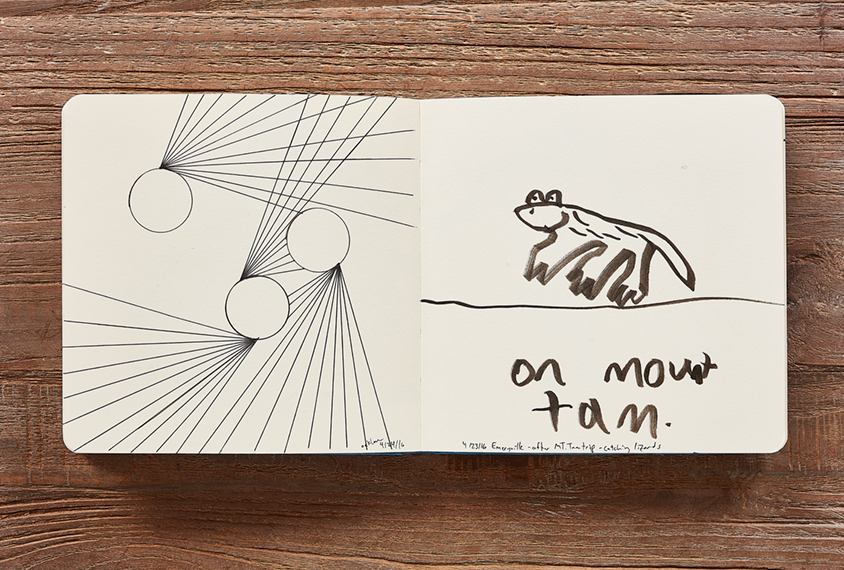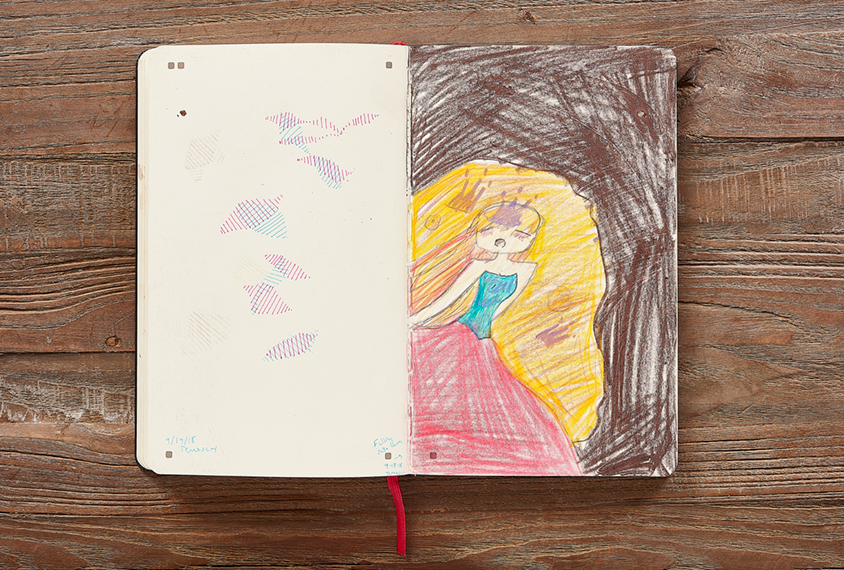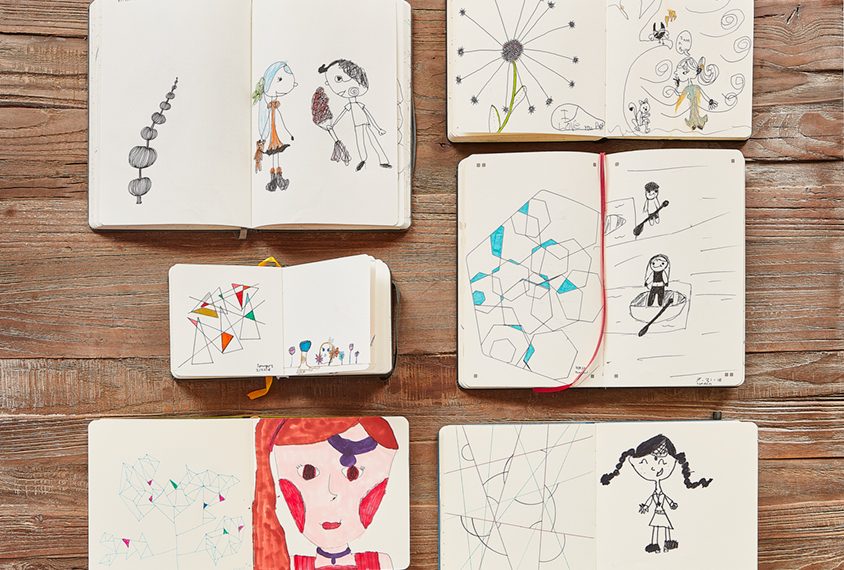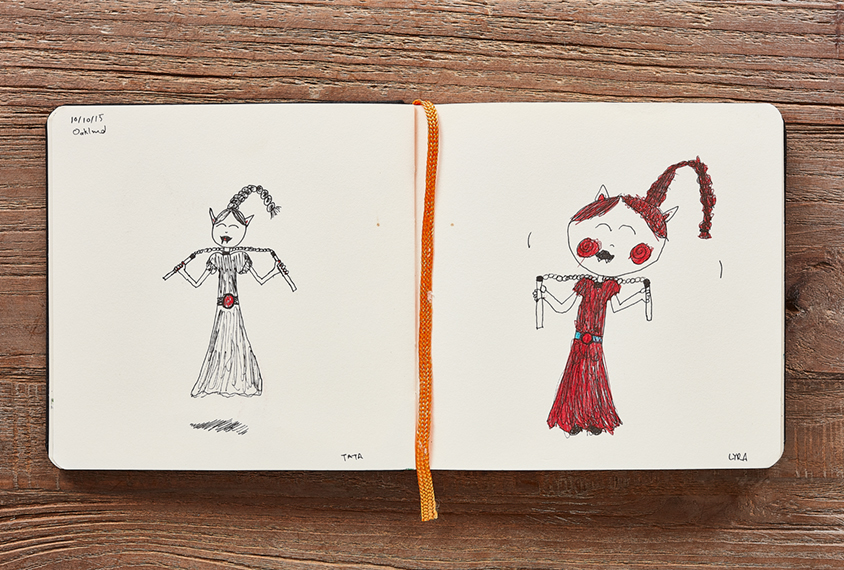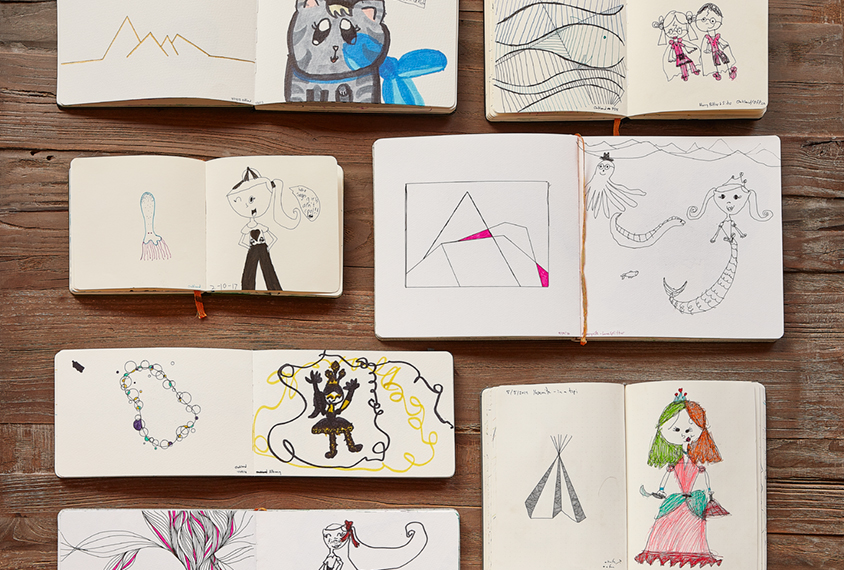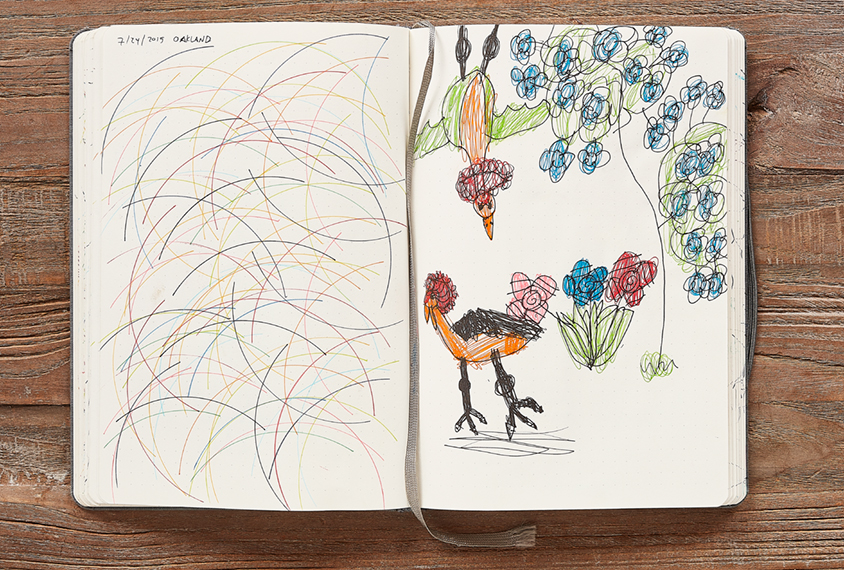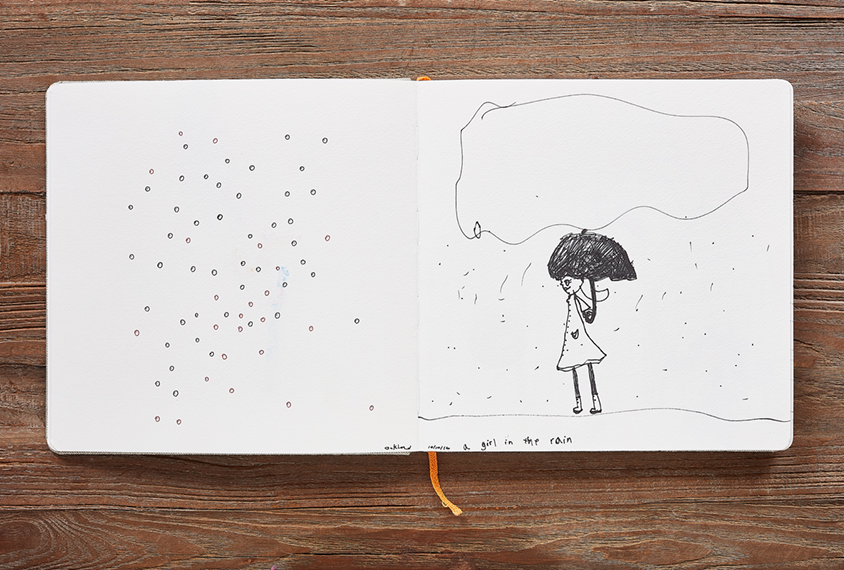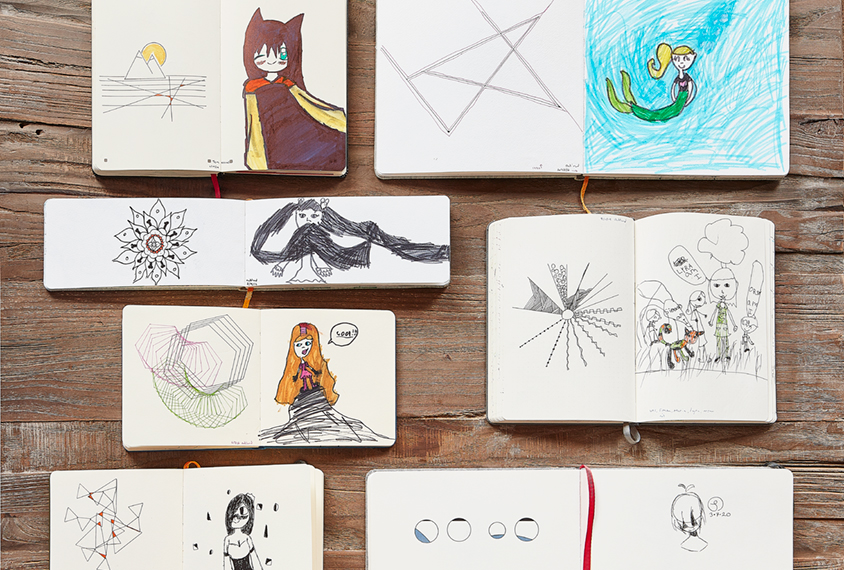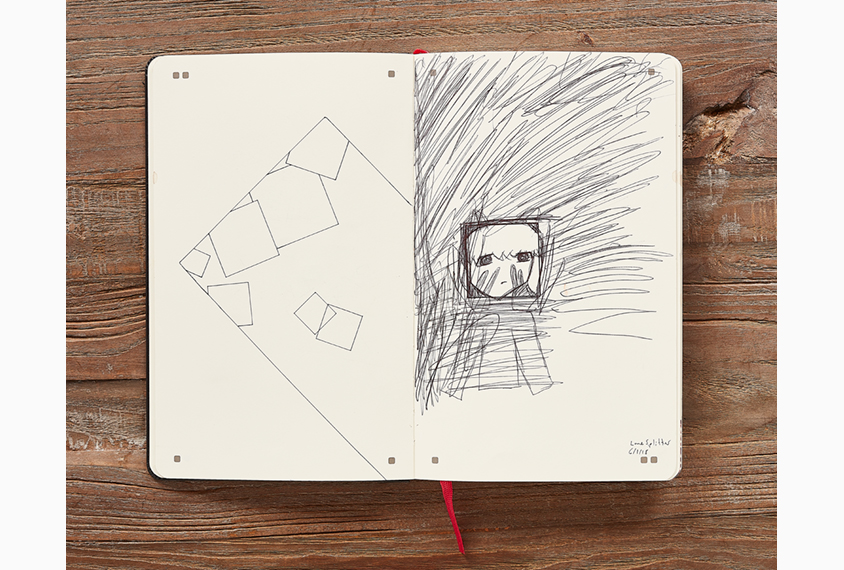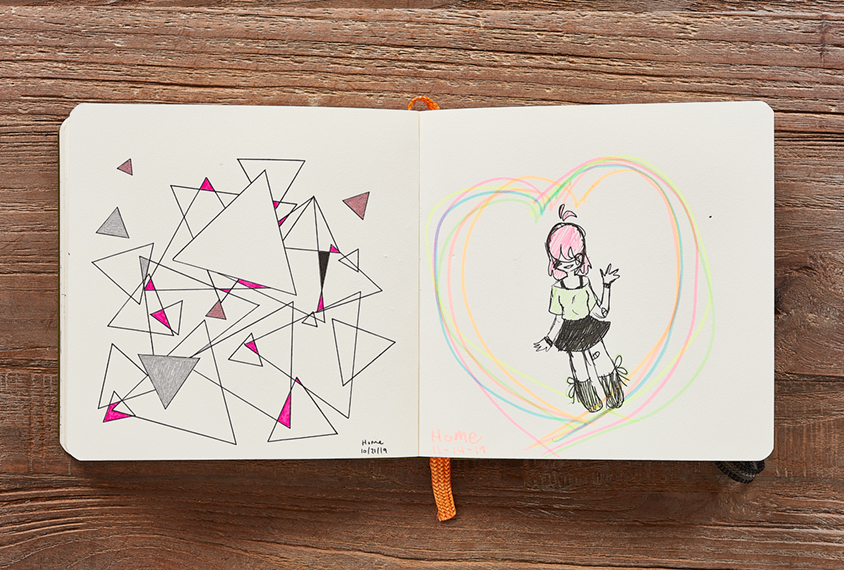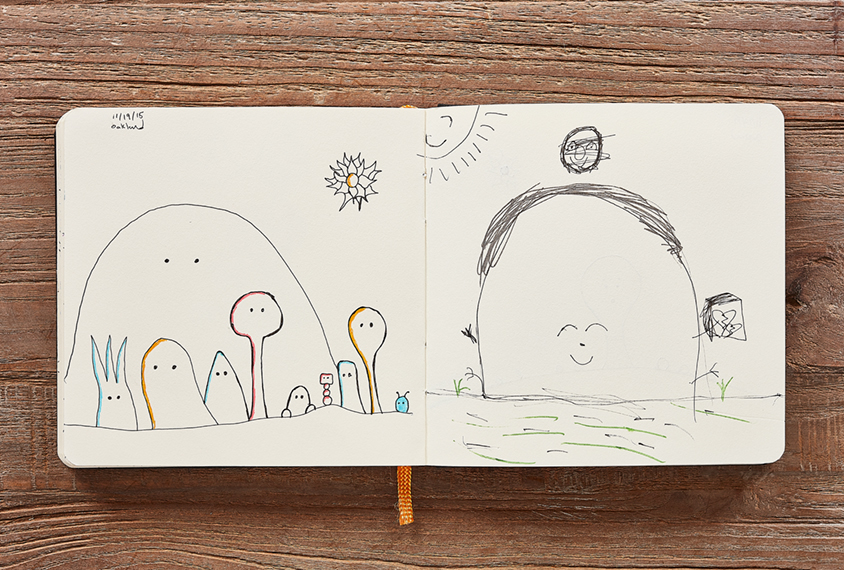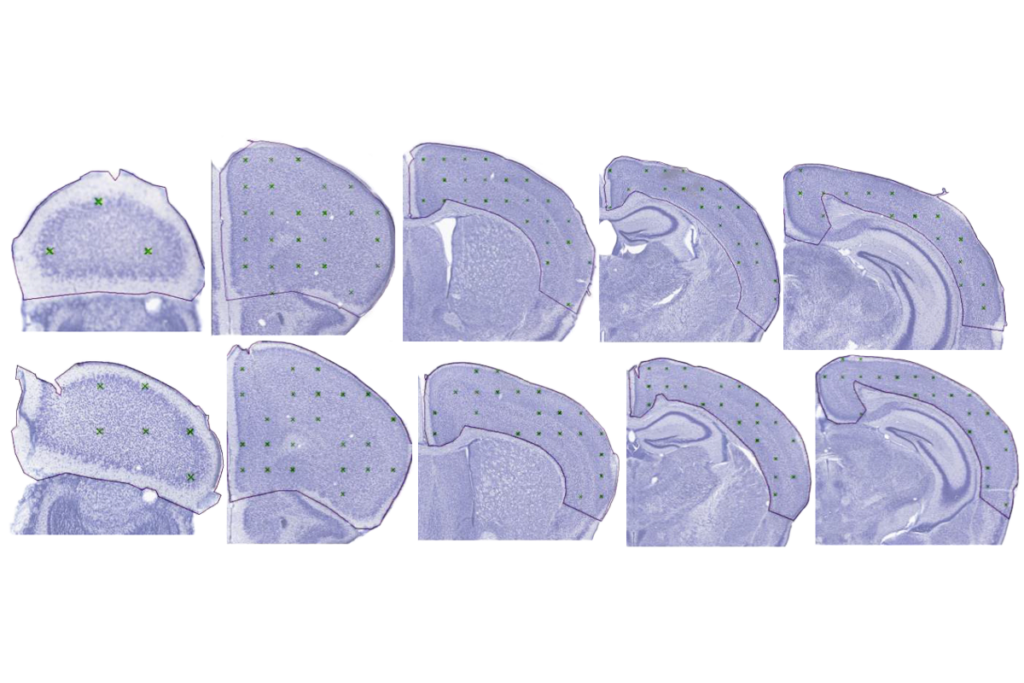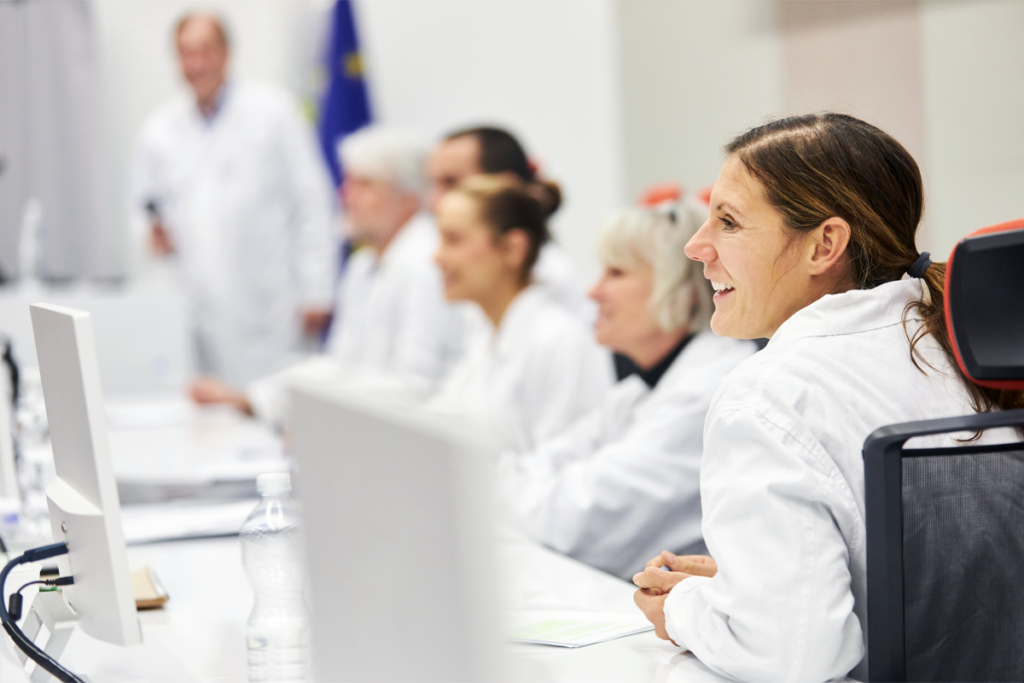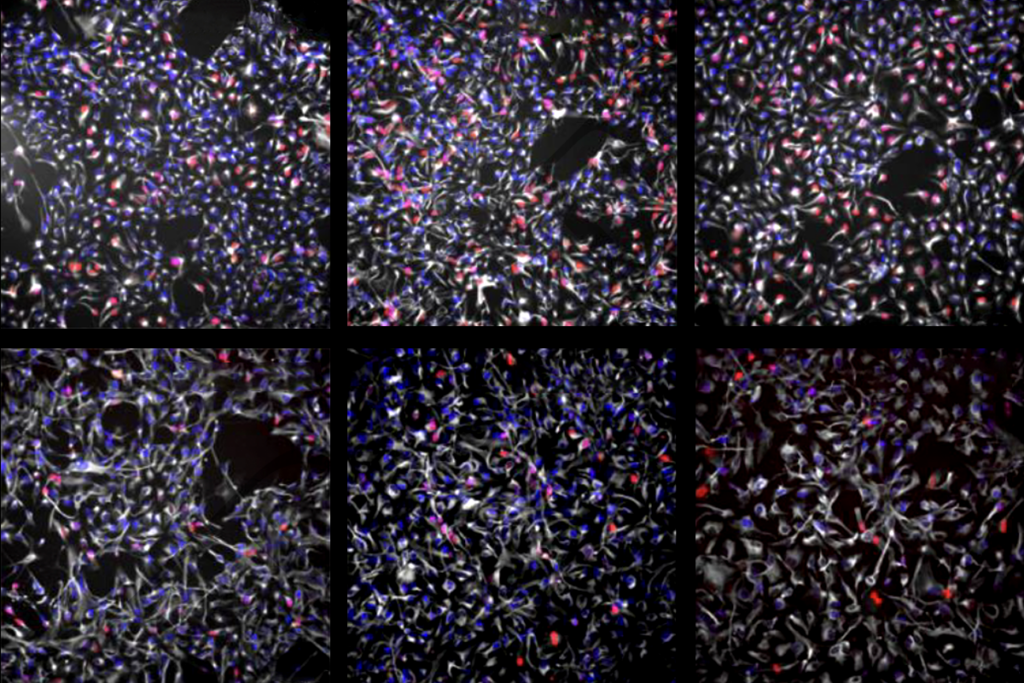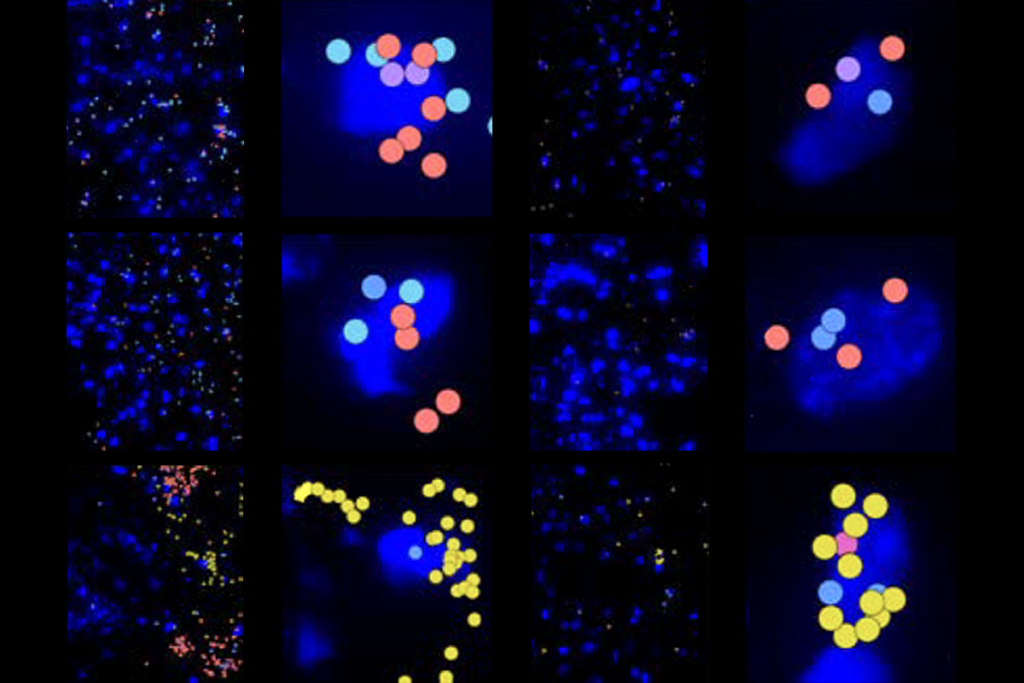Wesley Grubbs is founder of Pitch Interactive, a data-visualization studio in Berkeley, California, where his role allows him to merge the creative and analytical. He is also the parent of two children: Orson, 7, and Lyra, 12, who is autistic. When Lyra was 6 years old, Grubbs started a collaborative drawing project with her. The ongoing project has helped them weather changes in their family life, stress at school and at work, and uncertainty during the coronavirus lockdown. They both spoke with Spectrum about drawing, divorce and their innovative way to self-regulate.
Spectrum: What was the impetus for this project, and how long have you been doing it?
Wesley Grubbs: Lyra’s mother and I were going through a challenging divorce that was difficult for everyone. I wanted to create a tradition to help anchor our relationship. It came from a need to find tradition and stability. A divorce is a really traumatic thing to go through. And Lyra’s situation with autism just really became aggravated as she tried to process it.
One of the things that I would tell her when it all started was, you know, some things are going to stay the same and some things are going to be very different. So, I was trying to find more consistency. I was reading about divorce and how to help kids get through it. Some advice was, go buy a plant with them at a store and bring it home. And for me, I was like, a plant is okay. But I want to find something a little bit more enriching. And so that’s when I came up with the idea. Lyra is 12 years old now. And we’re on book 14.
S: What are your tools? Favorite pens? Crayons?
WG: Stencils, lots of stencils. Muji gel pens, Sharpies and metallic gel pens.
Lyra Grubbs: Pencil, eraser, Muji gel pens or just markers.
S: On one of the drawings, Lyra wrote, “on the way to mom’s house.” Has this project helped with her schedule and understanding transitions from parent to parent, post-divorce?
WG: Initially, yes. You know, transitions are difficult. Especially for a kid who struggles with adjustments. And so whenever I’d bring her to my place, that’s the first thing we would do, go ahead and draw. And that would help anchor her to the new environment. We used to do it every day that we were together, but now it’s a lot more haphazard. But that’s part of the story. Because it was very regulated for a while. We just needed it more.
S: How has sheltering in place affected your time together? How has it affected your project?
WG: We definitely have more time to draw! But often she will draw when she’s with me, and I will draw when she’s away at her mom’s. Because when she and her brother are here, I’m homeschooling two kids and trying to run a company. Hands full! And her brother and I are now starting the same tradition.
LG: I have more time with Dad.
S: You say that you both love to draw and use it to calm and regulate yourselves. How so?
WG: I always see results if we were kind of stressed out, or even if she was riled up or I was riled up after a tough day. For every kid with autism, autism is different. But for Lyra in particular, drawing has been one of her outlets to self-regulate.
She’ll even do it in classrooms; it’s a tool she brings with her. We’ve talked about that as part of her Individualized Education Program; if she needs to draw, she needs to draw, and it’s her escape. If there is a very stressful situation, or a situation in the classroom where she’s just overwhelmed, and she can just focus on paper and drawing, after five minutes she comes back to the room, and you see the results.
S: Who goes first, usually? Is the book lying around the house for you to fill in as you wish, or do you work in more concentrated sessions? Do you see this as a form of correspondence, or is it more of a collaboration?
WG: Typically, whoever wants to draw picks up the book and draws in their next ‘slot.’ The rule is that I draw on the left, Lyra on the right. I’m also left-handed and she’s right-handed. Sometimes we’ll get ahead of each other by a few pages. Other times we have a planned time of the day we put into this. It’s really just a way to bond through art. A very pure way to connect in which we can be ourselves and appreciate each other’s talent.
S: Why do you usually add the location of the drawings?
WG: It’s a data point. We always document the date and location where we drew it. So if I was on a flight or in Hong Kong or at home, we have that data point to help remind us of the time we drew it. Also, we know how old we were, and it helps give context.
S: I notice your drawings are structured and often rely on tools to make straight lines, triangles or circles, whereas Lyra favors a more organic approach. Also, her images are representational and yours are abstract.
WG: I think it really just shows our different styles and aesthetics. There is also an age aspect you see, especially in Lyra’s drawings, because sometimes they reflect a comic book or character she’s interested in. She also draws female characters almost exclusively. I never got a clear answer why except once she said, “Because boys suck.” So there’s that.
We’ve also explored each other’s styles, and I’ve gone more freehand a few times. But in the end, we both just gravitate to the style we feel most comfortable drawing. Sometimes we’ll inspire or influence each other, but for the most part we just draw whatever we fancy at that moment.
S: How has this project helped you understand each other in new or different ways?
WG: It gives me a window into Lyra’s world. And I always enjoy seeing a glimpse of what she’s thinking.
LG: I kind of just draw in the book because I like to draw in the book, and I like to see my dad’s style of art.
